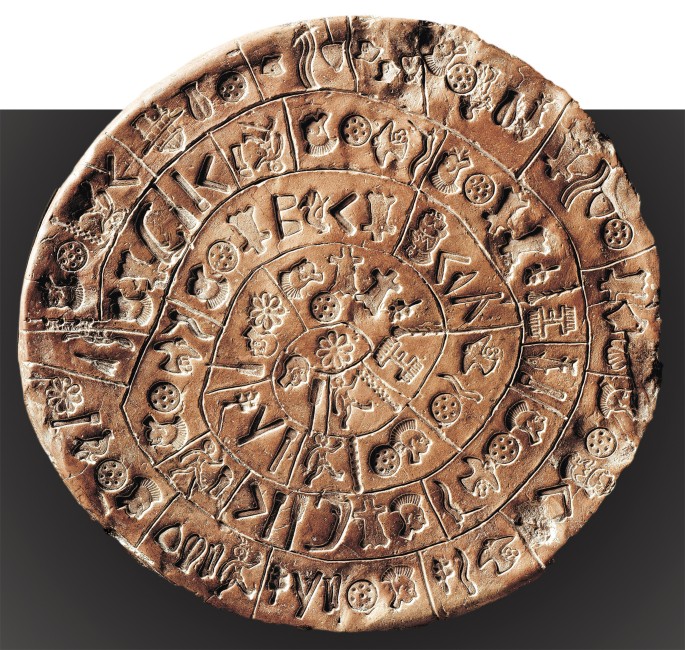Cryptography: the codes that got away
- Select a language for the TTS:
- UK English Female
- UK English Male
- US English Female
- US English Male
- Australian Female
- Australian Male
- Language selected: (auto detect) - EN

Play all audios:

Andrew Robinson takes on a compendium of past and current ciphers ripe for decoding. Access through your institution Buy or subscribe This is a preview of subscription content, access via
your institution ACCESS OPTIONS Access through your institution Access Nature and 54 other Nature Portfolio journals Get Nature+, our best-value online-access subscription $32.99 / 30 days
cancel any time Learn more Subscribe to this journal Receive 51 print issues and online access $199.00 per year only $3.90 per issue Learn more Buy this article * Purchase on SpringerLink *
Instant access to full article PDF Buy now Prices may be subject to local taxes which are calculated during checkout ADDITIONAL ACCESS OPTIONS: * Log in * Learn about institutional
subscriptions * Read our FAQs * Contact customer support AUTHOR INFORMATION AUTHOR NOTES * ANDREW ROBINSON IS THE AUTHOR OF _CRACKING THE EGYPTIAN CODE_ AND _WRITING AND SCRIPT: A VERY SHORT
INTRODUCTION_. * Andrew Robinson Authors * Andrew Robinson View author publications You can also search for this author inPubMed Google Scholar RELATED LINKS RELATED LINKS RELATED LINKS IN
NATURE RESEARCH Cryptography: Calligraphic conundrum Statistics: Known unknowns History: How to behave beyond the grave RELATED EXTERNAL LINKS Voynich Manuscript at Yale Wired: 7 Codes
You'll Never Break RIGHTS AND PERMISSIONS Reprints and permissions ABOUT THIS ARTICLE CITE THIS ARTICLE Robinson, A. Cryptography: The codes that got away. _Nature_ 546, 208–209 (2017).
https://doi.org/10.1038/546208a Download citation * Published: 08 June 2017 * Issue Date: 08 June 2017 * DOI: https://doi.org/10.1038/546208a SHARE THIS ARTICLE Anyone you share the
following link with will be able to read this content: Get shareable link Sorry, a shareable link is not currently available for this article. Copy to clipboard Provided by the Springer
Nature SharedIt content-sharing initiative